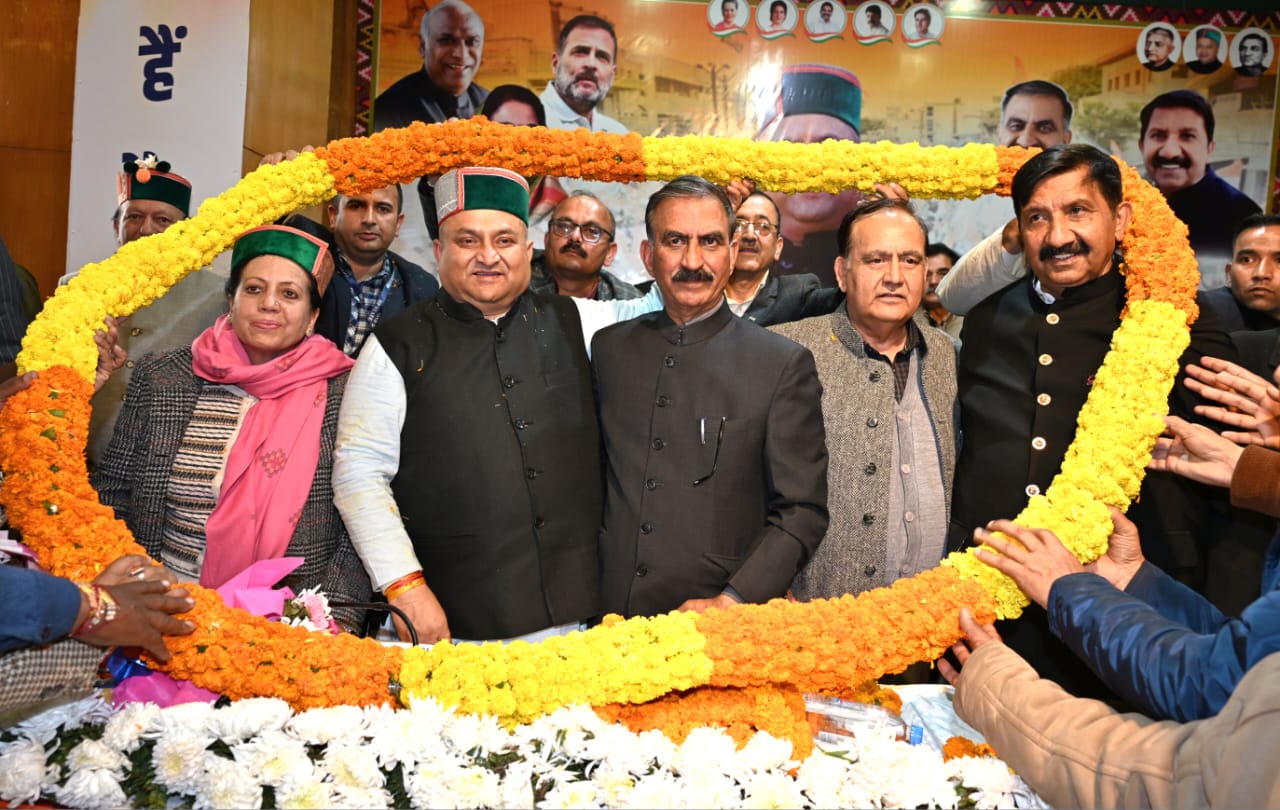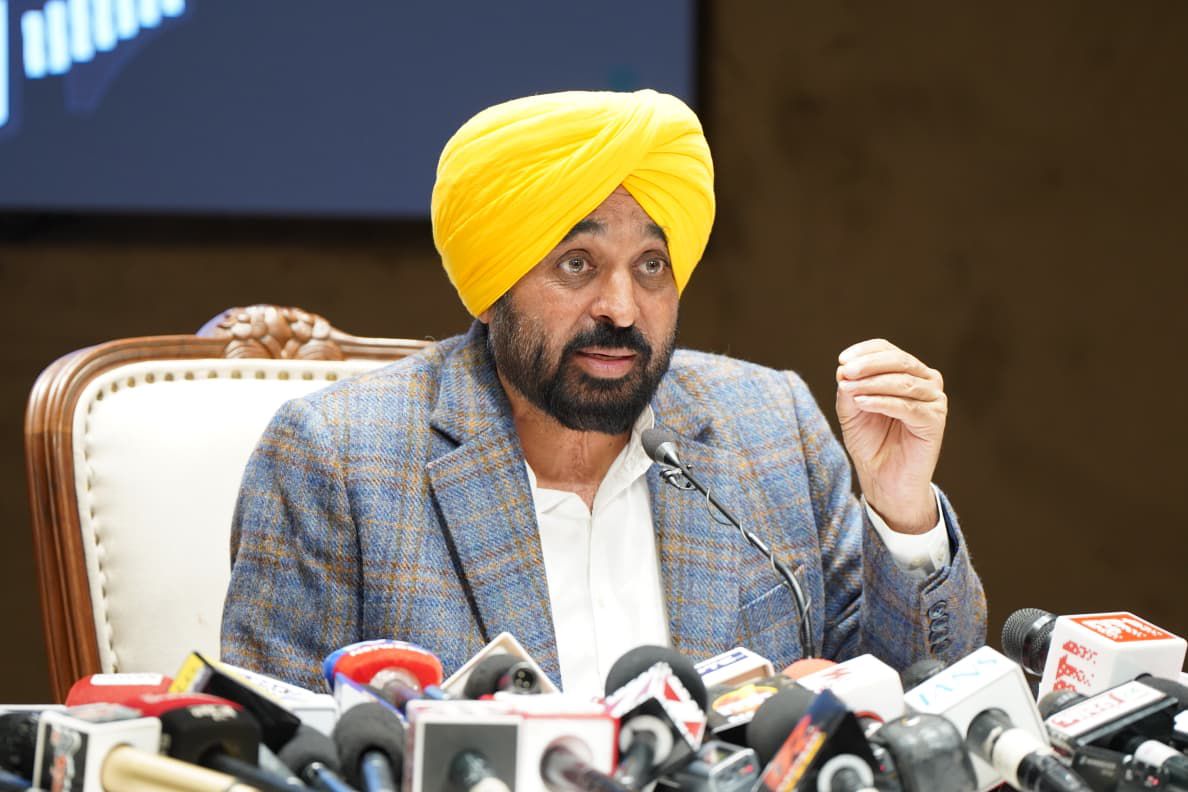KawalPreet Kaur
( Fellow at AirCare Centre in Amritsar)
As the planet warms, heatwaves have become a deadly new normal—longer, more intense, and more frequent than ever before. In India, this crisis is escalating: 2023 was the hottest year ever recorded, and temperatures during May–June 2024 shattered previous records across several states, including Rajasthan, Gujarat, Uttar Pradesh, and Punjab. Yet, within this climate emergency, the impacts are not equally felt.
Women, Care Work, and Climate Injustice
Extreme heat amplifies existing inequalities, with women bearing the brunt of its consequences. Rooted in deeply unequal gender norms, power structures, and restricted access to resources, women’s vulnerability during heatwaves is not just biological—it’s structural. India, home to over one-sixth of the world’s female population, ranks 127th out of 146 countries in the Global Gender Gap Index. In this context, heat is not just a weather event—it’s a threat multiplier for gender inequality. Scientific studies reveal that women are physiologically disadvantaged in extreme heat. Research published in the Journal of Applied Physiology (2006) found that women begin sweating at higher core temperatures than men and produce less sweat overall, making it harder for their bodies to cool down naturally. This biological reality collides with the burdens of unpaid and undervalued care work to create a gendered health crisis in the age of heat.
Domestic Labour Under Fire
In rural and low-income households, women remain the primary caretakers, managing food, hygiene, water, and family health—tasks that become more dangerous during heatwaves. Cooking in poorly ventilated kitchens, collecting water from distant and shrinking sources, and nursing sick children in overheated rooms are not just exhausting—they’re life-threatening. These invisible labors intensify in the heat, yet rarely feature in policy or public conversation.
A 2024 report by the Asian Development Bank (Rising Above the Heat) underscores the unequal impact of extreme temperatures on women in Asia and the Pacific. Women living in informal settlements—urban slums built from heat-absorbing materials like tin and plastic—often work and live in homes that become veritable furnaces. With no access to fans or cooling, they cook, clean, and care through blistering temperatures. Heat-induced time poverty deepens their exhaustion and heightens health risks.
Maternal Health in the Crossfire
Pregnant women are at particular risk. Studies have shown that prolonged exposure to high temperatures increases the likelihood of miscarriage, dehydration, and complications during childbirth. In remote or underserved areas where medical services are already sparse, heatwaves become a silent crisis for maternal health. Rising temperatures collide with failing healthcare infrastructure to push pregnant women into dangerously vulnerable territory.
Caregivers at the Margins
From anganwadi workers in villages to nurses in low-income clinics, women make up the bulk of the caregiving workforce—both paid and unpaid. These essential workers often labor in stifling conditions without air-conditioning, shaded rest areas, or even electric fans. Whether inside cramped homes or overcrowded community centers, they care for others while risking their own well-being. Their contribution remains undervalued, their suffering unnoticed beneath the glare of the sun.
The gendered toll of extreme heat is not a new phenomenon. During the 2003 European heatwave, which claimed over 70,000 lives, women—especially elderly women—accounted for the majority of deaths. In France alone, 70% of the casualties were women, many over the age of 70, as reported by the European Journal of Public Health.
Gendered Gaps in Climate Response
Most heat adaptation strategies—cooling centers, heat alerts, emergency response protocols—are designed with a generic population in mind. But women face distinct risks and burdens that are rarely acknowledged in climate policy. There is a stark absence of women-centric cooling spaces, and little attention is paid to the needs of female caregivers. Without women’s representation in climate planning and decision-making, these blind spots continue to deepen.
Conclusion: A Call for Gender-Responsive Climate Action
The intersection of gender, care work, and climate change is no longer a niche concern—it is central to building resilience. Addressing the gendered impacts of heatwaves means more than just counting casualties; it requires reimagining care, infrastructure, and policy through a feminist lens.
We must create safe, accessible cooling spaces for women, strengthen maternal healthcare during extreme weather, and recognize—and redistribute—the burden of care work. Climate justice demands gender justice. In the age of rising heat, no response is complete without women at the center.
Disclaimer: The views and opinions expressed in this article are solely those of the author and do not necessarily reflect the official stance or position of North News. Readers are encouraged to consider multiple perspectives and make informed decisions based on their own judgment.
















